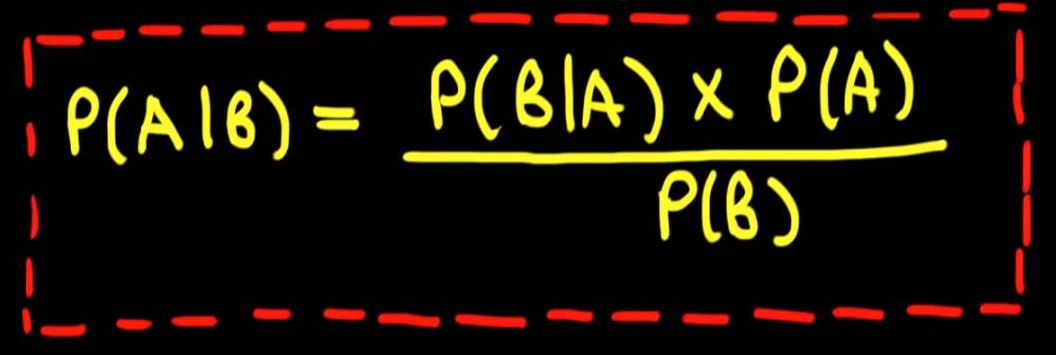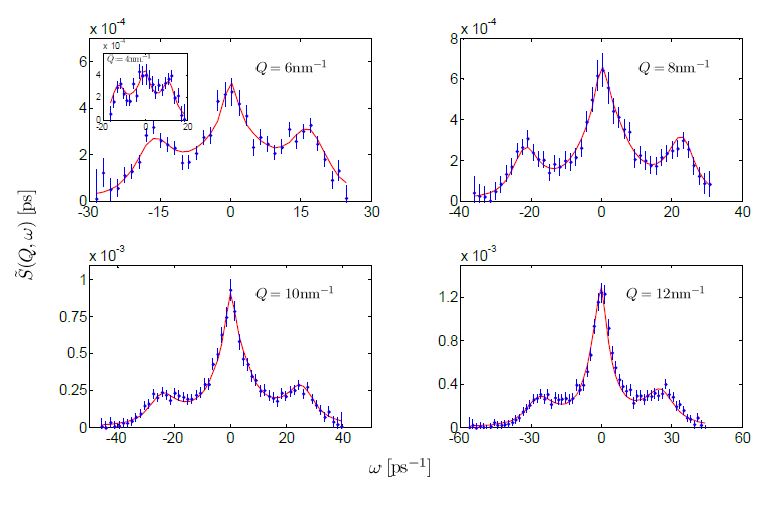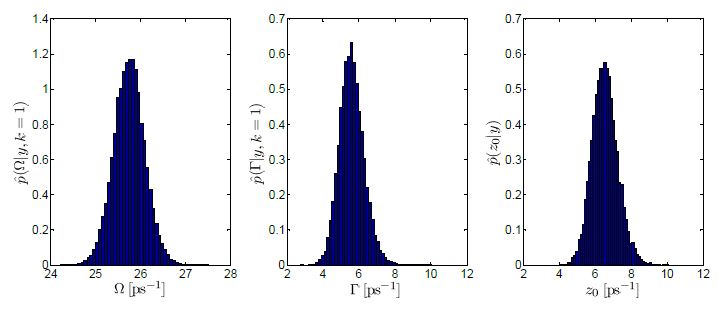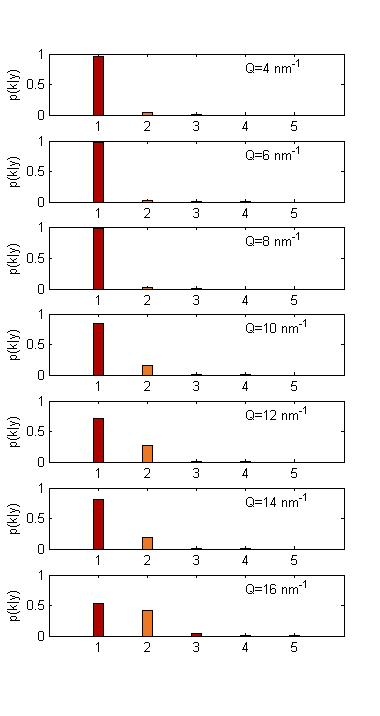A Bayesian Approach in the analysis of Inelastic Neutron Brillouin Spectra
A Bayesian Approach in the analysis of Inelastic Neutron Brillouin Spectra
The extraction of physical quantitative information from inelastic Brillouin neutron scattering data is often a challenging task, especially when dealing with specific samples or anytime the scattering signal is very weak. These limiting conditions together with the effect of both instrument resolution and finite statistics make sometimes the data analysis and the estimation of relevant dynamical parameters similar to the amazing job of a sculptor who carves a beautiful and well defined figure from an unshaped block of marble. Moreover, when the collected spectra are poorly structured, classical algorithms struggle to fit the data, easily fall in local minima and results strongly depend on initial parameter values. Thus several solutions are apparently possible and the discernment of the researcher plays a heavy role. In addition, measured spectra often comprise an unknown number of structures or peaks of known parametric family.
Choosing the number of such structures is an important issue, which is commonly dealt with using various criteria. These criteria though fail to provide a probability measure associated with the number of peaks and sometimes different criteria lead to different conclusions. That is why it has been recently developed a Bayesian approach to tackle these problems particularly powerful when dealing with Brillouin scattering in disordered systems. Prior researcher information on any parameter can be incorporated in a sensible and systematic way that will allow a better fit to the spectra. Moreover results from this approach are in the form of probabilities, which one can use to compare the different possibilities for the number of peaks characterizing the spectra. This kind of analysis, implemented through a Reversible Jump Markov Chain Montecarlo (RJ-MCMC) algorithm has been successfully applied to Brillouin neutron scattering data collected with BRISP with excellent results. The same kind of statistical analysis it has been applied as well on Spin-Echo neutron scattering, QENS and Inelastic X-ray scattering.
Reference
A. De Francesco, E. Guarini, U. Bafile, F. Formisano and L. Scaccia, "Bayesian approach to the analysis of neutron Brillouin scattering data on liquid metals", PRE 94, 023305 (2016).
E. Guarini, U. Bafile, F. Barocchi, A. De Francesco, E. Farhi, F. Formisano, A. Laloni, A. Orecchini, A. Polidori, M. Puglini, F. Sacchetti, "Dynamics of liquid Au from neutron Brillouin scattering and ab initio simulations: Analogies in the behavior of metallic and insulating liquids", PRB 88, 104201 (2013).

 (png - 569 Ki)
(png - 569 Ki)


